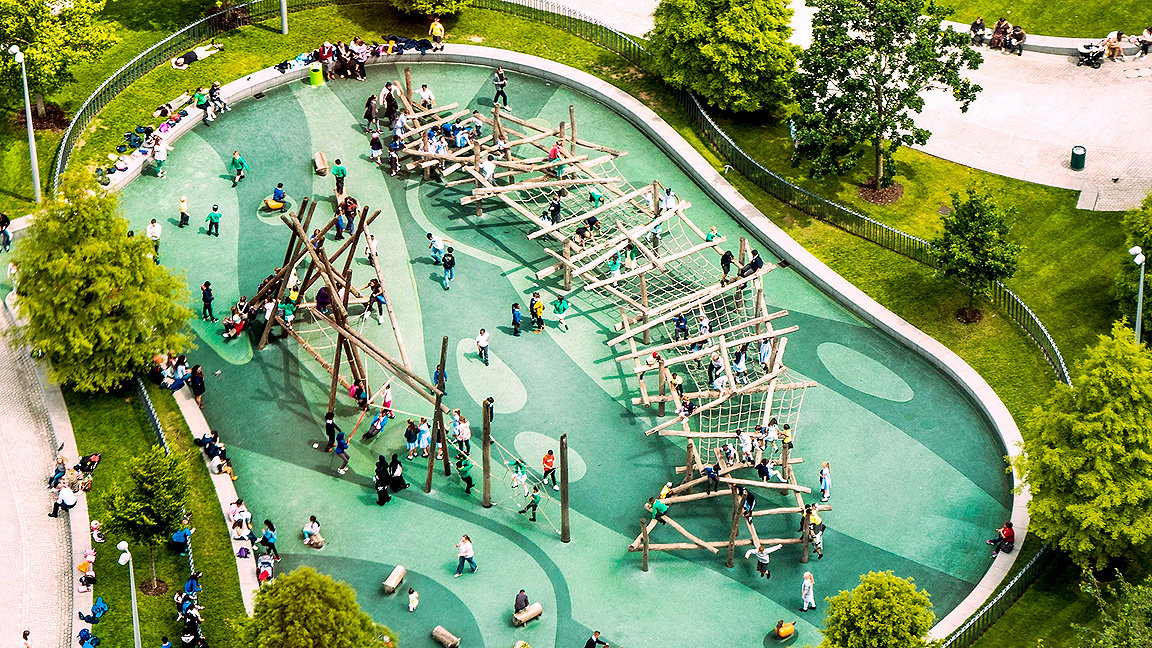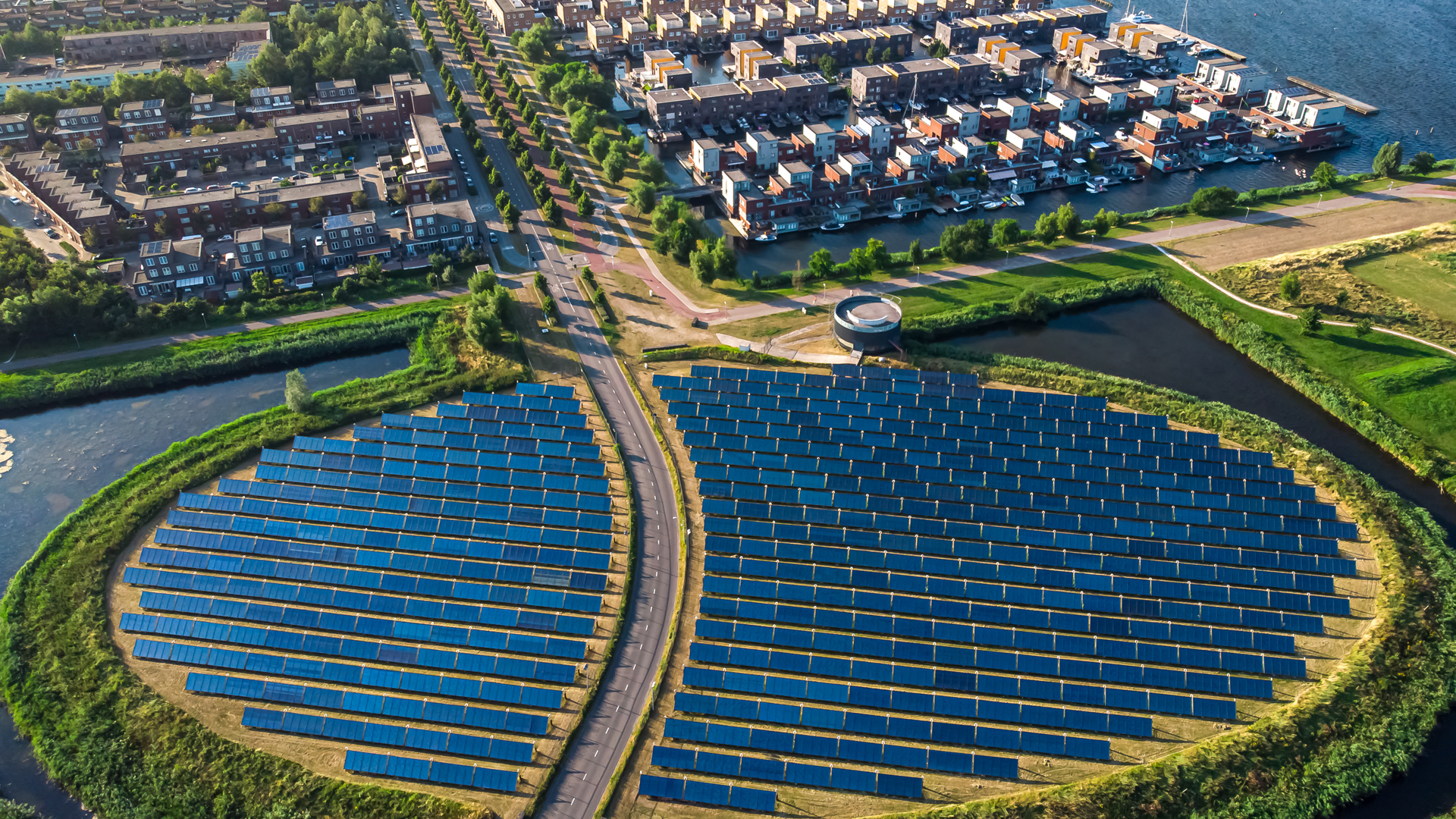
In a corner of north London, UK developer, Related Argent, has started work on creating a £7bn, 180-acre new park town.
Set to be carbon neutral by 2030, Brent Cross Town will have 6,700 new homes, 50 acres of green spaces and workspace for 25,000 people. It stands out not just for its environmental commitment, but because, the developer claims, it is a pioneering new way of measuring the social impact of real estate. These measurements are part of a bid to ensure the scheme actively contributes to the health and wellbeing of its new community – so far the developer has donated to projects as diverse as a women’s Farsi group to a children’s skateboarding project.
In fact, Related Argent’s proposed Flourishing Index is a part of the social pillar in its environment, social and governance (ESG) strategy. And the developer is not alone in emphasising the importance of social in ESG: the tide of social is rising and the industry globally is just starting to grapple with how the built environment can have a positive impact on communities and people.
Social has undoubtedly been the poor cousin of environment and governance in ESG. With the built environment responsible for about 39% of global carbon emissions, it’s not surprising that a large part of the industry’s focus, up to now, has been on improving its impact on the environment. But, in the aftermath of COVID-19, together with movements such as Black Lives Matter, the importance of social justice, diversity, health and the mental well-being of communities has moved rapidly up the agenda - and this is reflected in the expectations on real estate.
“Investors now expect social value to be part of developments and day-to-day building,” says Paul Bagust, head of property standards at the RICS. “It’s not an add-on anymore and should be a central pillar of a development strategy.”
But what does social mean for real estate and what does it look like?
“To me, it’s understanding that no one size fits all,” says Dr Sophie Taysom, director of ESG advisory firm Keyah Consulting. “There are two perspectives: the inward-facing, so how a company functions, its workforce management, health and safety, and its diversity, equality and inclusion.
“Then there’s the outward-facing bit, that’s really looking at the contribution that a company can make to broader society, how we engage with local school kids, for instance, or how we improve local employment.”
Kamya Miglani, head of ESG research at JLL, APAC, says social is much broader than the current focus on workforce health and well-being, it’s about “essentially making the human race better… it can be responsible procurement, the re-skilling of people, community building, it can even mean nature and diversity, that is all part of the S element.”
The common theme shared among many firms with social-value programmes is how they have taken a corporate, or global view, on social but have tried to marry it with the hyper-local to connect their buildings with the specific needs of communities. Since 2018, UK developer Landsec, as part of its social value contribution, has run a series of employment and education programmes in partnership with local charities.
In London, this translated into a property school to teach children from disadvantaged areas about the industry. In Wales it was an employment scheme, and in Leeds a project to help local people experiencing homelessness to find homes and stable employment.
In May last year, it launched a £20m, 10-year fund to improve social mobility. This will include bursaries for students from low-income families to get into the property industry and employment schemes for ex-offenders and those experiencing homelessness. The fund will operate in the areas where Landsec has assets and will focus on local needs. It expects to deliver around £200m of social value by 2030.
“We also have a duty to spread opportunity in the communities in which we invest across the country,” says Mark Allen, Landsec chief executive.
On the other side of the world, Singapore-based real estate group CapitaLand has rooted some of its social value through its CapitaLand Hope Foundation. One of its projects is supporting vulnerable children in Vietnam, a country where it has assets, through four of its own primary schools.
It is this very broad, wide-ranging nature of social that can be challenging for many firms. Unlike good governance or reducing carbon emissions, how social translates can be hard to pin down. But says Sarah Coughlan, associate director at real estate ESG consultancy Evora Global, it really does matter.

“Investors now expect social value to be part of developments and day-to-day building. It’s not an add-on anymore and should be a central pillar of a development strategy” Paul Bagust, head of property standards at RICS
“For the real estate industry, the failure to deliver a lot of these [social] components is going to start leading to assets becoming stranded,” she says. “If you own an asset inside a community where people can’t afford to live, where people are not well connected to that asset, people aren’t going to want to buy it, because it’s not going to be feasible. We talk about stranded assets from a climate change perspective, we also need to think about that from a social perspective too.”
She adds that real estate managers can deliver difference if they start to think about their assets as “mini economies. Once they have that kind of view, they can start thinking about their supply chain and who they employ inside the asset, and that feeds into that piece about keeping the community strong and keeping the asset viable in the long-term,” she says.
For Miglani there are still a lot of “intentions” around social which need to be translated into action. A game-changer, she says, could be a move to responsible leases. These, she explains, would help push the S further up the conversations between landlords and occupiers and lock them into more accountable agreements.
“A green lease that also incorporates social impact actions and good governance practice is a responsible lease,” she explains. ‘That would make it a fully-fledged lease reflecting ESG objectives.”
But she warns that there is still one thing holding social back and that is data and how you measure social impact: “Without any kind of standardised reporting measurement, there is only so much you can do.”
She feels that social still has some way to go and, without the same pressure from investors that we’ve seen in environment, there are limits to what will happen. “I think that’s going to be a very important aspect,” she says.
Coughlan and Taysom agree that the lack of data standardisation does make social challenging both in terms of understanding its impact and reporting it. Taysom says firms need to be “open and transparent” about their data and reporting. “It is about telling a story and being open about what you’ve learned,” she adds.
Coughlan believes that the frameworks are in place, and more are emerging. She points to the UK where legislation such as the 2012 Social Impact Act and Procurement Policy Note 6/20, sets out how to capture social value in the public sector. This, she says, has bled though into the private real estate world.
“All of the major construction developers are now speaking really confidently in the language of the social value framework,” she says. And in the EU, where she’s based, there is currently a consultation on a social taxonomy that strongly mirrors the UK’s Social Value Act. “Once that ends up in action in the EU, that will be a major, major boost for the way social is thought about and recorded.”
In the UK there are already frameworks that provide measurement standards for social, including the Social Value Portal, used by Landsec, and the Impact Evaluation Standard. Coughlan says she uses the World Green Building Council’s Health and Wellbeing Framework and layers a subset of locally-based research on top to give it a “hyper local” view.
One of her recent projects points to why this is so critical. An asset in an affluent part of a city, she says, appeared to have high employment and good education surrounding it. When local data was layered on top, however, it revealed very high food-bank use on the periphery of the building’s area.
“This is the way you start to look for individual meaningful contributions from the asset manager or the facilities manager,” she says. “They can start asking: ‘how can we support this area?’, ‘who needs jobs in that area?’” she says. “With this kind of system, you can work across Europe, and you can work across the world, combining it with a really detailed look at the individual local area to give you that total holistic view.”

“We have a duty to spread opportunity in the communities in which we invest” Mark Allen, Landsec


